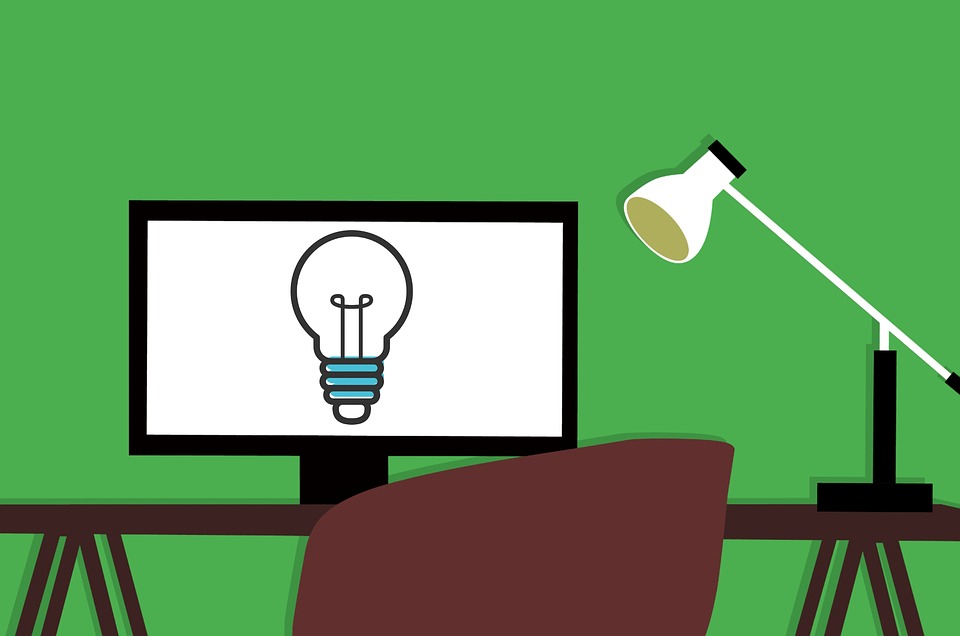Difference of dark social and dark post

By now, you’ve probably heard the term “dark post” bouncing around the social media world for years. But what are dark posts, exactly? Instagram pics with bad lighting? Edgy content from death metal fan pages? Status updates from Darth Vader? Sadly, no. The reality is much more straightforward. Dark posts are targeted ads on social media. Unlike boosted and organic posts, though, they don’t appear on your timeline. They also don’t show up in the feeds of your followers.
Instead, they show up as sponsored content in the feeds of users you’re specifically targeting. Because they’re not “published” the same way as organic posts, dark posts are more formally known on Facebook as unpublished posts. They’re not formally on your page. Effectively, they only exist for the targeted users that see them. To avoid confusion, we’re not talking about dark social here, it’s actually totally unrelated. Dark social refers to traffic to your website from social media that isn’t detected by analytics tools. Dark posts, on the other hand, are simply social media ads that don’t show up on your timeline.
Although Facebook invented the concept, dark posts exist on all major social media platforms.
When advertising on Facebook, LinkedIn, Pinterest, and Twitter, you can select whether to boost organic content or create a dark post. When it comes to Snapchat and Instagram, all of your ads are technically “dark posts” by default. But why bother coming to the dark side? Well, there are a lot of benefits to creating dark posts on social media.
Dark/unpublished posts
Let’s start with dark/unpublished posts. These posts are ad objects that appear in consumer timelines, but do not exist on the company’s social page. They appear as normal-looking posts, but have calls to action like “Learn More,” “Shop Now,” or “Like Page.”
Dark social
Dark Social is an entirely different beast: it has nothing to do with ads. It refers simply to the private sharing of links via mediums that don’t pass a referrer in traditional web analytics platforms, such as email, Slack, Text, Facebook Messenger, and WeChat. When we break down the term Dark Social, “Dark” relates to the fact that these conversions are often falsely attributed to direct traffic in your web analytics tool. The “social” component comes from the fact that this is a social interaction of two or more people. If it makes it easier, just think “private sharing.” Dark Social data is absolutely critical, not just for social teams, but for your marketing organization as a whole. In fact, you should be viewing Dark Social as its own marketing channel, one that contains a goldmine of data. Right now, around 80% of all sharing is dark. 80%!!! These private shares represent consumers who are typically at the bottom of the marketing funnel and/or huge fans and advocates of your brand. These are people sharing links to your products so that their friends, families, and co-workers will buy them, read your articles, and share your quizzes to help determine “Which Wildlife Excursion Should You Try In Manitoba?”
These interactions are occurring all the time, and you are missing the chance to optimize your content for goal completions that matter to your business. You are missing a nuanced perspective on the social activity sitting in your direct traffic bucket. Using this data, you can learn which products, content, or other web pages resonate most with your audience, so you can transform your social, email, and ad campaigns around the topics people likely to buy and engage deeply with your brand care most about.
